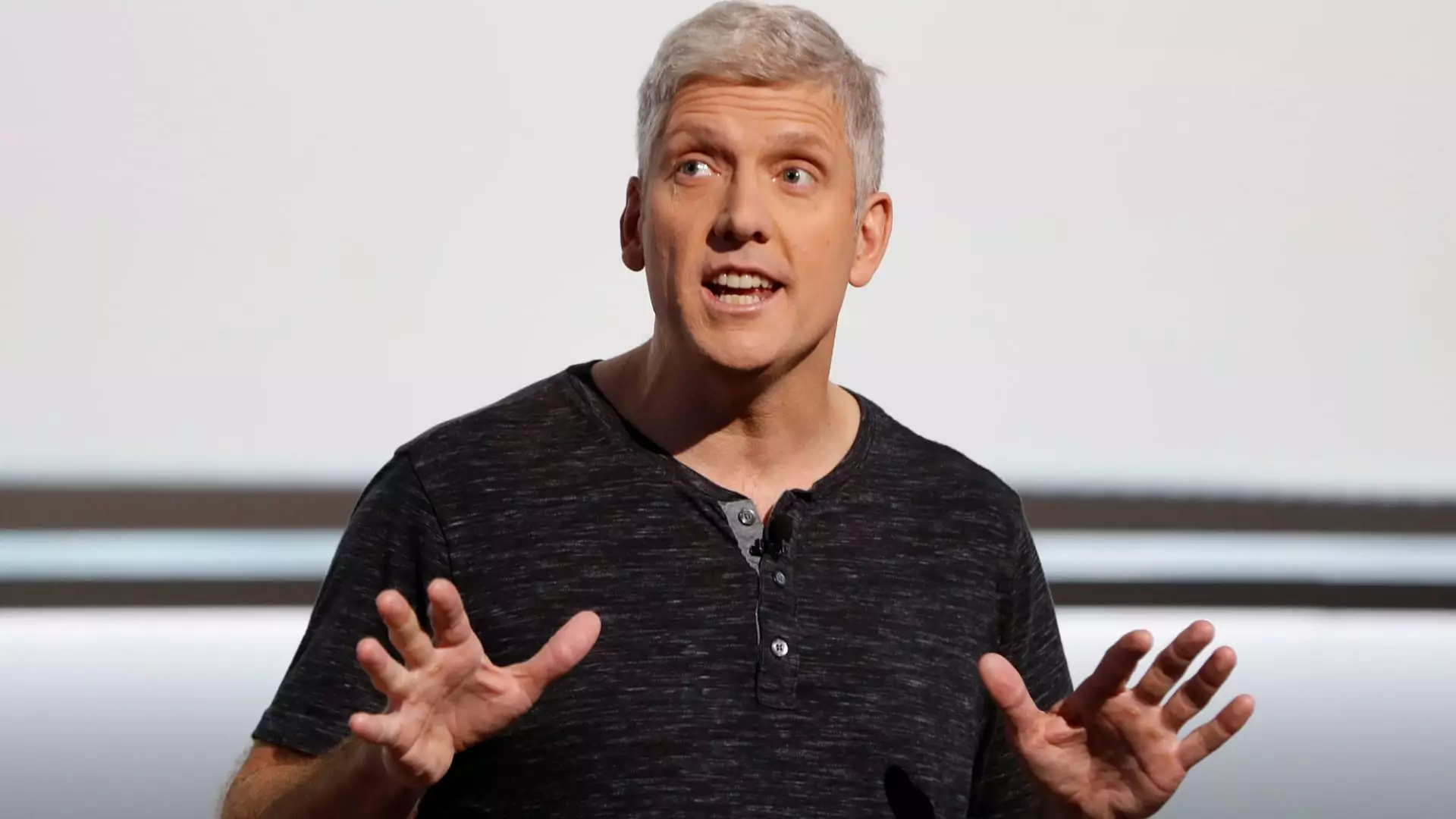In a notable shift within its organizational landscape, Google is offering voluntary buyouts to employees in its Platforms and Devices division, which houses over 25,000 employees. This strategic move comes in anticipation of anticipated layoffs as the company shifts focus towards prioritizing artificial intelligence (AI) technologies. The development raises several questions regarding the future of Google’s workforce and the evolving dynamics of its operational focus.
The decision to initiate buyouts signals an important transition for Google, one that mirrors broader trends in the technology sector towards automation and enhanced digital capabilities. Rick Osterloh, the senior vice president of the Platforms and Devices unit, conveyed in an internal memo that the organization aims to “operate with more efficiency and velocity.” This approach points to an important alignment of strategic priorities, including the integration of AI technologies across products such as Android, Chrome, Google Photos, and Nest.
As Google grapples with the ambitious goal of expanding its AI infrastructure, new Chief Financial Officer Anat Ashkenazi has emphasized the need for stringent cost-cutting measures in tandem with this forward push. Her statements reflect an understanding that any company within the tech sector must continuously adapt to shifting market demands and technological advancements.
Buyouts: A Strategic Approach to Employment Changes
The voluntary exit program designed by Google stands as a commendable strategy for managing potential layoffs. By giving employees the choice to leave with a severance package, the company avoids the detrimental impacts often associated with layoff announcements. Employees have a deadline until February 20 to express their interest, with confirmations expected by March 25, providing some agency over their professional paths.
Beyond simply a financial maneuver, this approach has been received positively by the workforce. Some employees applauded the voluntary buyout structure, with internal discussions revealing a sense of gratitude towards leadership for providing such an option. This sentiment highlights a crucial element in workplace morale: the power of choice significantly influences employee perception of corporate decision-making.
The Hybrid Work Environment and Employee Well-being
The transition to a hybrid work environment, bolstered by this buyout offer, brings to light the challenges employees face in aligning personal and professional goals. Osterloh identified that certain team members may be struggling under the pressure of their roles, questioning their alignment with the unit’s mission. The existence of a buyout option can serve as a much-needed lifeline for those seeking greater job satisfaction or those who may no longer find fulfillment in their current positions.
As companies navigate the complexities of hybrid operational models, the emphasis on employee well-being becomes paramount. Providing exit options in times of organizational change underlines a compassionate approach toward workforce management, positioning Google as a company that values its employees’ needs and aspirations.
Revenue Growth and Future Prospects
Despite facing hurdles, Google’s Platforms and Devices unit showcased substantial revenue growth with a reported $10.66 billion in the third quarter of the previous year. This figure illustrates resilience, yet it also underscores the reality that the division, while profitable, is not as dominant as other sectors within Google, such as search advertisements. The juxtaposition between a healthy revenue stream and the necessity for workforce reductions raises questions about strategic investment priorities moving forward.
As the company continues to innovate—such as acquiring engineering talent from HTC Vive to bolster its virtual-reality endeavors—the challenge remains how to balance these advancements with workforce adjustments. The overarching imperative will be to ensure that any restructuring enhances long-term viability and aligns with the needs of the technological landscape.
The announcement of voluntary buyouts is not merely a reflection of immediate operational needs but indicates a larger trend in how Google is repositioning itself. As the tech industry evolves, responsiveness to market demands and shifts in consumer behavior must shape not only product development but also workforce management strategies.
Ultimately, the buyout program reflects Google’s attempt to reshape its workforce in alignment with future technologies and trends while providing employees with an opportunity to transition voluntarily. The success of this endeavor hinges on the company’s capacity to communicate effectively with its employees, maintain high morale, and ensure that its organizational culture continues to thrive as it navigates these changes.
As the tech giant moves forward, the balance between human capital and technological advancement will be critically tested, and the results of these strategic decisions will likely have reverberating implications not only for Google but for the industry as a whole.


Leave a Reply